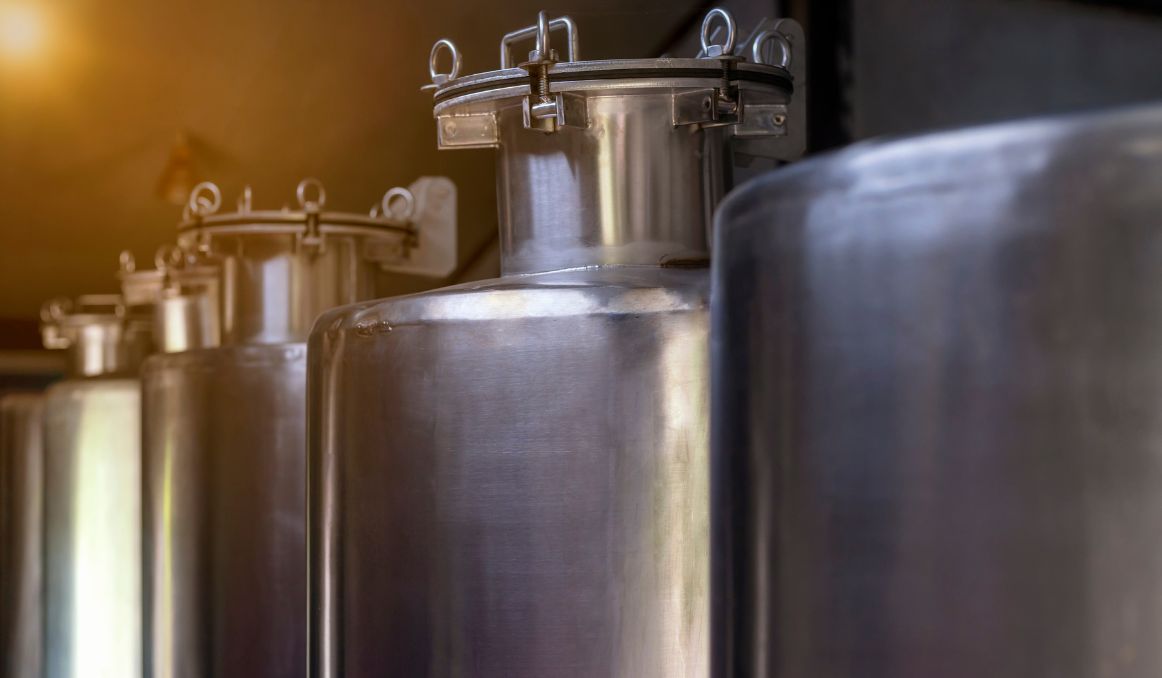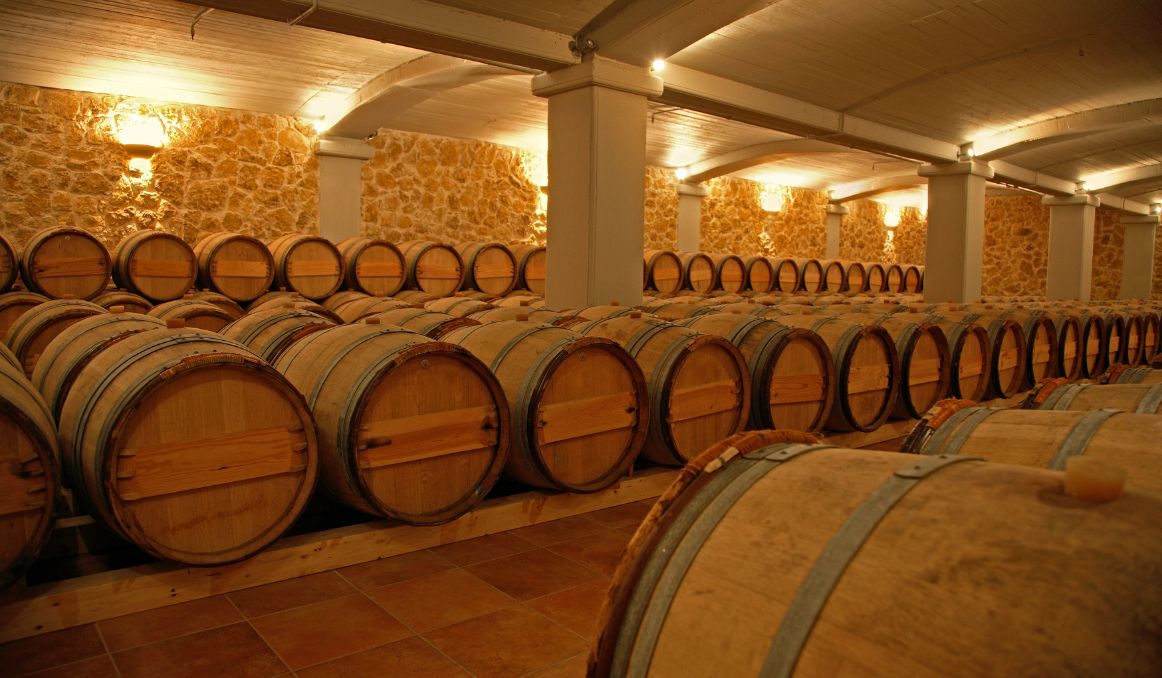Does Wine Fermentation Need Oxygen?
The jury has been deliberating on the question “does wine fermentation need oxygen?” The debate has gone on for decades if not centuries, since commercialization led to “best practices” across industries.
Does wine fermentation need oxygen?
It’s a question that has a complicated answer, which lies in a thorough understanding of both yeast and the word “need.”

Yeast in Fermentation
First, it is critical to understand what yeast is and what it does in terms of fermentation.
Yeast is a single celled living organism whose express purpose, like most living things, is to thrive and reproduce. It fulfills this purpose with great vigor as long as it has a few basic essentials – sugar and a warm, moist environment.
We could add oxygen here to the list of essentials, but exceptions exist, so we’ll come back to that.
The fermentation process is a chemical one in which a substance is broken down into another substance.
When yeast performs fermentation, it is known as alcoholic fermentation. It breaks down fermentable carbohydrates – starches, sugars, and fibers – and uses them for energy to survive and reproduce through a process called budding. Budding involves the production of a daughter cell that grows from the mother cell until it can survive on its own, at which point it separates and begins the search for its own fermentable carbohydrates.
Alcohol and carbon dioxide are created as waste products in this fermentation process – lucky for us wine lovers, beer drinkers, and liquor fans.
As a side note, there is only one other type of fermentation – lactic acid fermentation – which is performed by bacteria. Lactic acid fermentation also takes place in the human body when we are short on oxygen and in need of energy. For example, when a human is out running and runs out of breath, the cells that typically draw on oxygen to convert carbohydrates to ATP for energy will now undergo fermentation as a type of emergency energy resource.
If oxygen is not restored after a given period of time (this varies from human to human), the person will effectively pass out, allowing the body to restore homeostasis and get oxygen levels back to normal.
It seems this process is quite similar to what happens with yeast and oxygen.
Yeast and Oxygen
You see, yeast can indeed perform fermentation both with and without oxygen – aerobically and anaerobically.
Historically, brewers and winemakers never deprived yeast of oxygen.
Grains were ground and boiled in water, or grapes were crushed, and the wort or must was left out exposed to the elements, with a light cloth covering to inhibit the introduction of foreign sediment or debris.
Oxygen played a large role in fermentation as oxygen rich yeast thrive and reproduce in abundance.
Beer and wine were made in relatively small batches and drunk in a relatively short period of time.
Then, brewers and winemakers began to commercialize and grow larger, producing larger batches. They noticed, of course, that over time exposure to oxygen leads to a souring effect.
Wine will turn to vinegar when left out for too long.
Thus, they began to ferment in airtight conditions and noticed that yeast will still ferment without oxygen.
Indeed, the lack of oxygen stresses yeast out and will push it into a kind of frenzied fermentation, which is when the alcohol is actually produced.
Too much oxygen, and yeast will produce less alcohol and more water.
So really, it comes down to striking the perfect balance between too much and too little oxygen.
Does Wine Fermentation Need Oxygen?

The answer then is yes, wine fermentation does need oxygen, but just the right amount. It is a kind of Goldilocks answer – not too hot, not too cold, just right.
Today, wine makers have found that early fermentation is best performed in the absence of oxygen.
Crush grapes, add yeast, and keep the fermenting wort in an airtight container.
Or, crush grapes, allow yeast to naturally enter the must, and then once fermentation has begun (as evidenced by the bubbling and frothing activity in the must), close up the vessel for alcoholic fermentation to thrive.
In either case, oxygen is best introduced once primary fermentation is complete in order to smooth out flavors and aromas.
The wine maker will introduce oxygen slowly and carefully to ensure the right balance is struck.
Types of Oxygenation or Oxidation
Traditionally, the ideal form of oxygenation, or oxidation, is racking.
The wine maker will “rack” the wine, moving it from one airtight container to another, exposing the wine to oxygen during the process. This allows for the removal of large sediment (yeast, protein, etc.) and a kind of revitalization of any smaller yeast still present.
Racking allows all remaining yeast to mop up any off flavors in the new airtight vessel.
Another form of oxidation is the pumpover, which occurs when wine is pumped from the bottom of the tank to the top, with the wine shot through the air into the cap as if through a firehose.
Punchdown is a manual submersion of the cap beneath the surface using a plunger.
Délestage is when the juice is drained completely off its skins and then added back in.
Micro-oxygenation occurs when small amounts of oxygen are introduced to the wine via a type of IV.
And barrel aging, the only other classic traditional form of oxygenation, takes place when the wine is placed in an oak wine barrel and allowed to age over time. The oak is porous and will slowly introduce oxygen that way, kind of like a slower version of racking.
In the end, oxygen during wine fermentation is all about striking that delicate balance and finding what works best for your particular wine and which approach works best for you as the wine maker.
Experiment, have patience, and be willing to get it wrong before you finally get it right.
Cheers!
Passionate about the fermentation process? So are we! If you’re interested in finding out how you can use our technology to control fermentation and monitor your yeast, save work hours and improve the cost-efficiency of your business, drop us a line at [email protected] or check out our product pages:
- Oculyze FW (Fermentation Wine) Yeast Cell Counter App + Hardware
- Oculyze BB 2.0 (Better Brewing) Yeast Cell Counter App + Hardware
Also, you can now get access to a fully functional demo account to test your yeast via our Web App. Completely free of charge and with no commitment to purchase.
Sources:


